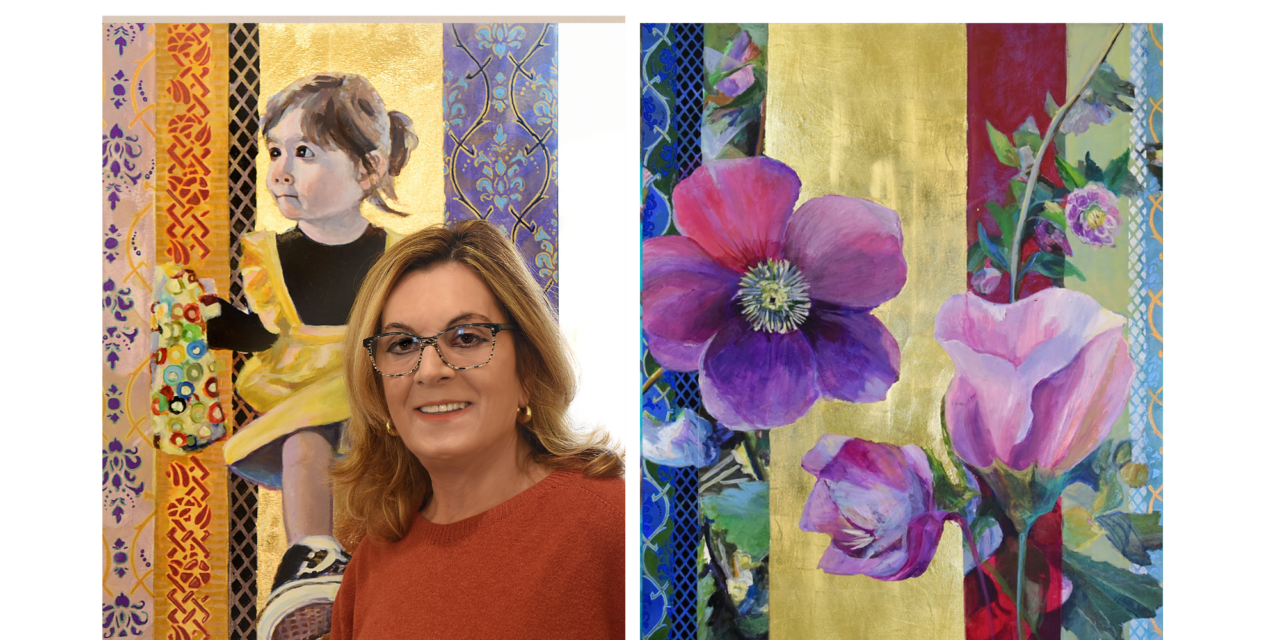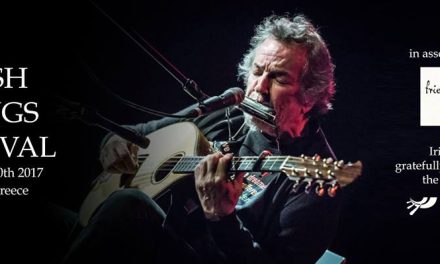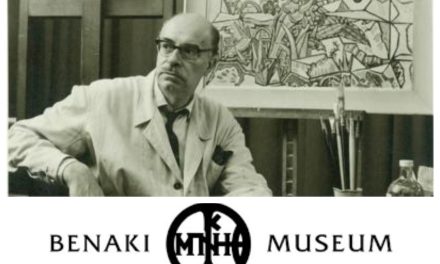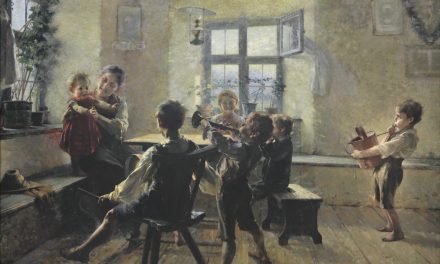Painter Georgia Bliatsou presents her new solo exhibition Springtime Stories at Astrolavos Art Gallery. She focuses on stories related to Mother Nature, to the perpetual cycle of life, sending her message for the protection of the planet, the need for the harmonious coexistence of all living beings, balance and sustainable development. The use of vibrant colors and mixed techniques with acrylics, ink and gold leaves highlights her optimism, love for life and nature as well as her hope for a better future.
Drawing inspiration from her childhood happily spent in the beautiful countryside and the birth of her granddaughter Kyveli, she lets her personal experiences craft her artistic language and capture the essence of life itself.
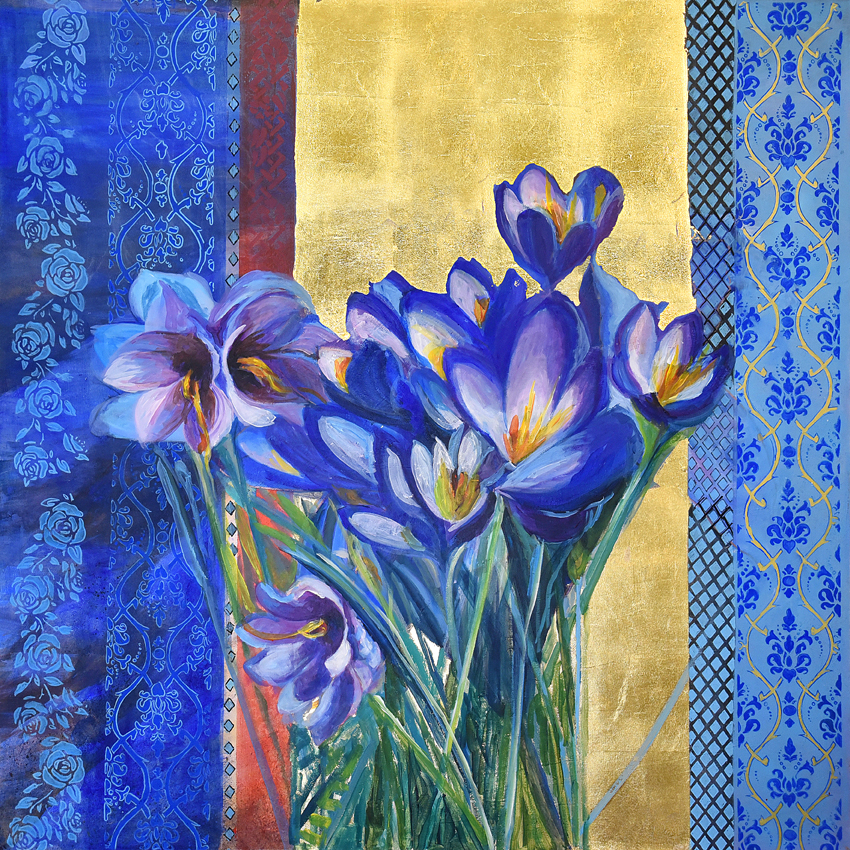
Georgia Bliatsou studied Painting at the Athens School of Fine Arts under Dimitris Mytaras and Demosthenes Kokkinidis. She taught painting for fifteen years in secondary education and so far has presented 27 solo exhibitions and has taken part in many group exhibitions, both in Greece and abroad. Her works can be found in the Orthodox Academy of Crete, the Vorres Museum, the Diachronic Museum of Larissa, the International Hippocrates Foundation in Kos, the Rowaq Al-Balqa Foundation in Amman, Jordan, a private collection in Philadelphia, USA, the Credit Lyonnais and many private collections in Greece and abroad. She lives and works in Athens and Kea.
Georgia Bliatsou talks to Greek News Agenda* about her artistic vision, concerns, and her love for life and nature.
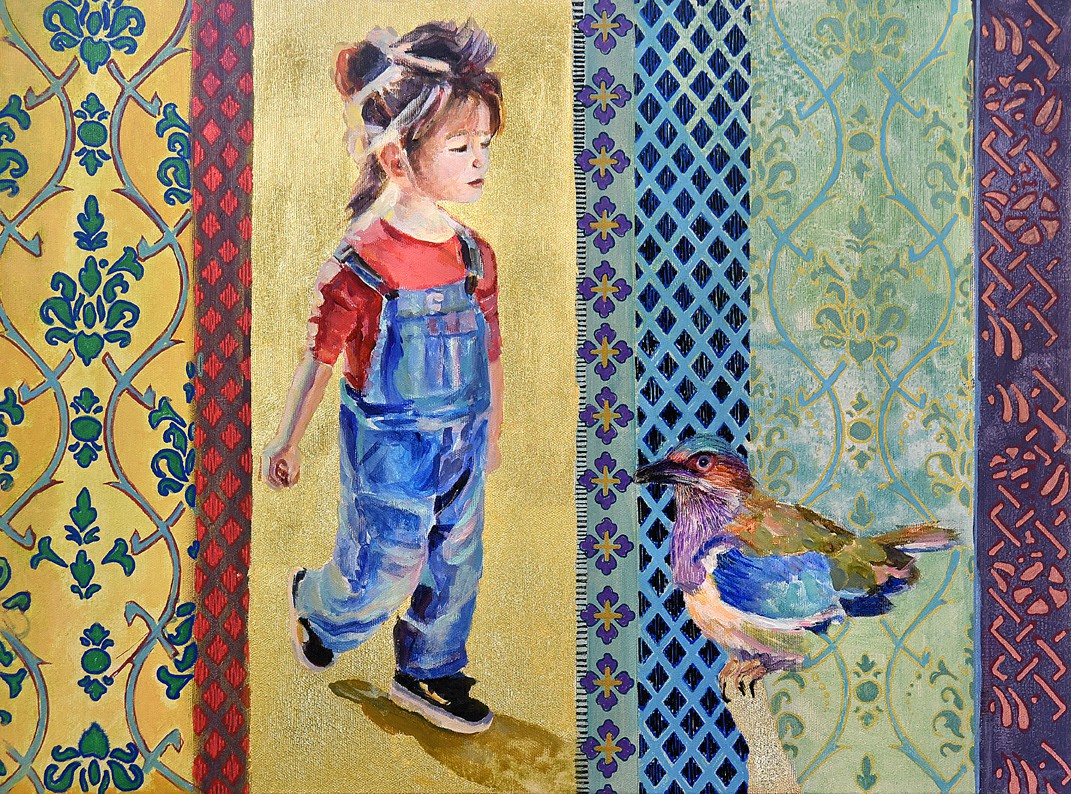
You grew up in the Greek countryside, in “the light, the flowering landscapes, and the unforgettable smells and tastes”. How has this influenced your art?
Our childhood accompanies us throughout our life’s journey. I was lucky to grow up in the countryside, in Larissa, surrounded by the Thessalian plain and the magical mountains of Olympus and Ossa. My parents taught me to love nature. The garden of our house was full of flowers and vegetables. Sunflowers, roses, gardenias, apple trees, pears, peaches, olives trees… Such wonderful aromas, flavors, and colors.
Mountain trips were always like a walk in paradise. Makeshift swings in the trees, tablecloths on the grass with freshly baked bread and cheese, fruit, and unforgettable flavors. Nature taught me to be practical, not to be afraid of insects, not to be wasteful, to share, to protect and most of all not to destroy. These basic principles were established during my childhood. Over the years my love for the history of my homeland, my country where also added.
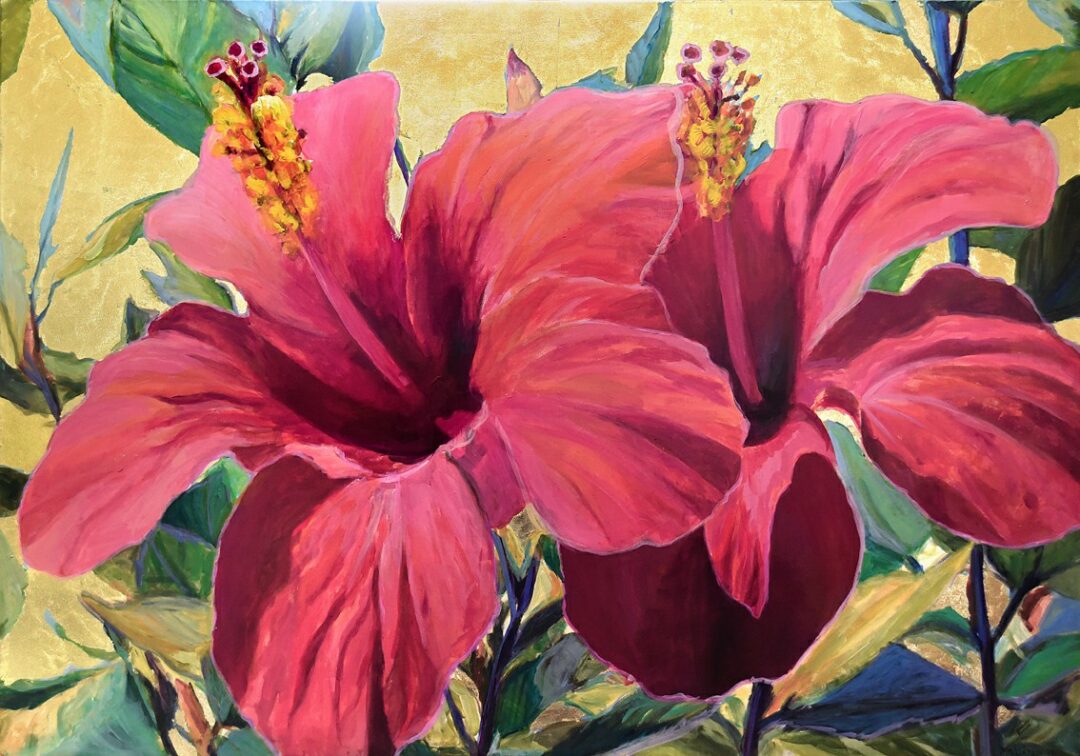
Bees play a central role in your work. What is it about them that fascinates you? What do they symbolize?
This exhibition, Springtime Stories, has five sections, focusing on landscapes, flowers, honey (bees), milk (sheep, goat, cow), and the human being (the little girl). Essentially, it is about the environment, the food, and the human being. It is about what is nowadays at risk. They are all equally important. After all, balance is what matters in nature.
My motto “Together in life for mutual benefit” is the message to maintain the desirable sustainable development for all living beings. Everything is necessary. The health of all ecosystems is the balance of our planet. As for the bee, it is the largest and oldest botanist on our planet. It is one of the oldest living species with a life span of at least 150,000,000 years. She is the Goddess of creation, and fertility, according to ancient Greek literature. It is a symbol of immortality. They gave us honey, a drop from heaven, sent by the gods to humans. Milk and honey are gifts. These extraordinary complex substances hold physical and cultural ties; they are the promise of Abundance and happiness found in many mythologies and cultures. In the Old Testament, they represent the Promised Land.
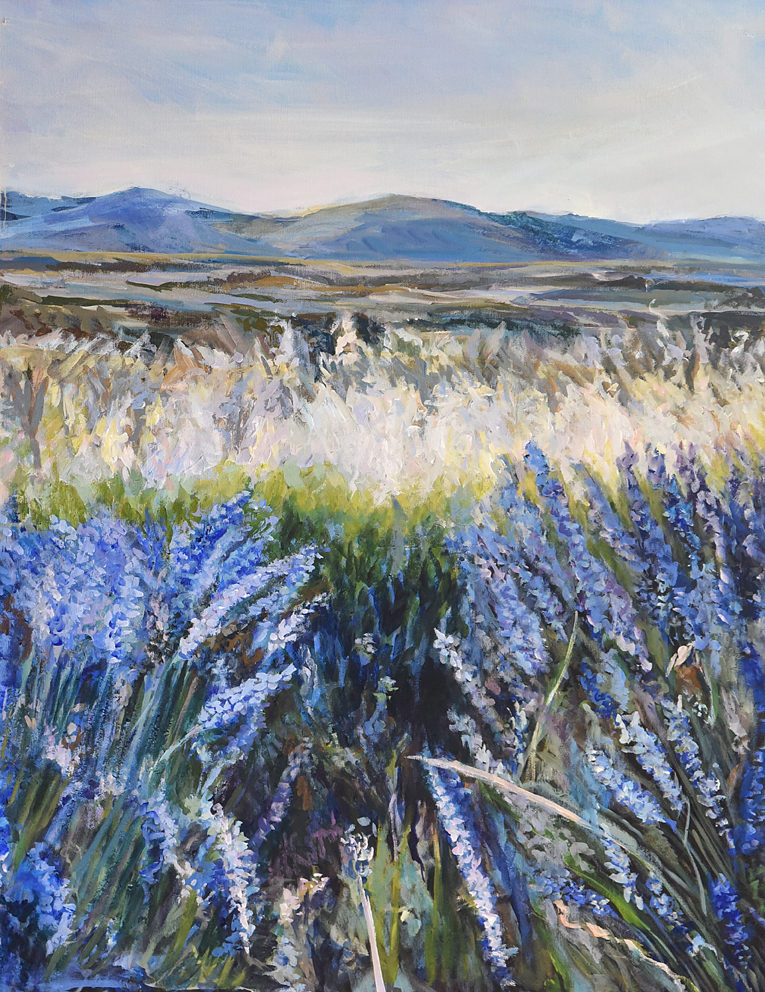
The little girl in your painting symbolizes a better future. Does it represent your optimistic view of things?
The little girl represents the theme of Man in my exhibition. This is due to many reasons. First of all, this little girl is my granddaughter Kyveli to whom I dedicate this exhibition. Kyveli was a Phrygian deity. She was the goddess of wild nature, the creative powers of the Earth, and fertility. The goddess of the earth and mother of the gods. Known later to the Greeks as Rhea and often presented as Rhea-Kyveli, she was a uniting power.
Besides the immense joy, the birth of my granddaughter filled me with many questions about her future, the environment, food, and a potentially dystopian world. The fact that the birth of a girl is considered undesirable, the abuse of children, and their deaths in wars are also issues of concern.
Of course, children represent the optimistic side of life. The new generation. Will they live in a better world or a dystopian society?
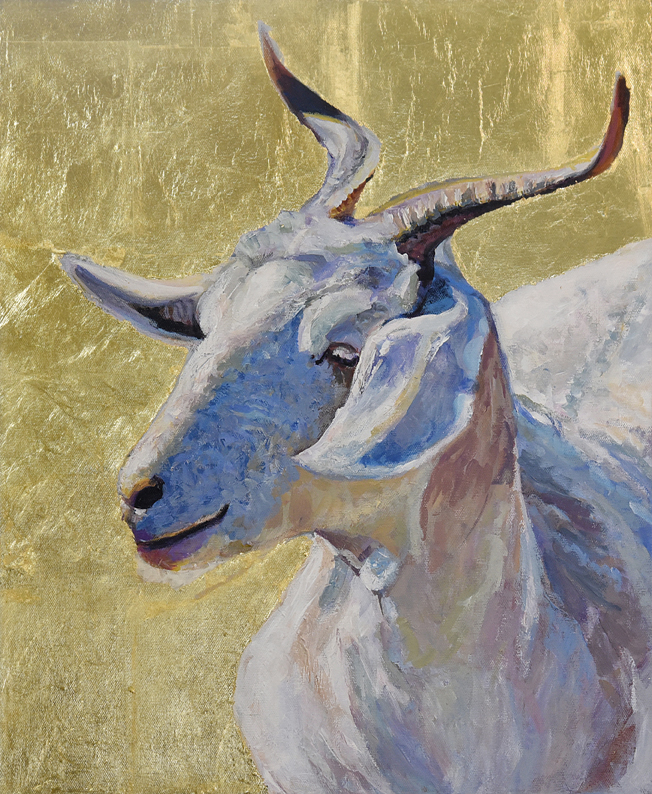
Your exhibition raises several environmental issues. Was this a conscious choice?
I chose to depict the beauty of the landscape, of animals, of man. We need to be optimistic. Unfortunately, fear, violence, and destruction prevail; the more our society becomes addicted to these negative facts, the more they will proliferate. Take for example violence between minors; how can they be any different when they are exposed to such violence? Their toys are models of violence, the mobile phone has a dominant place in their lives. The lack of contact with the family. Let’s not forget that many children were deprived of their grandparent’s warmth due to COVID-19. There are many artistic approaches to environmental issues. Does the challenge activate the viewer? It is important to get across values that are essential to the concept of Man. Let us revisit the principles of life and sustainable development.
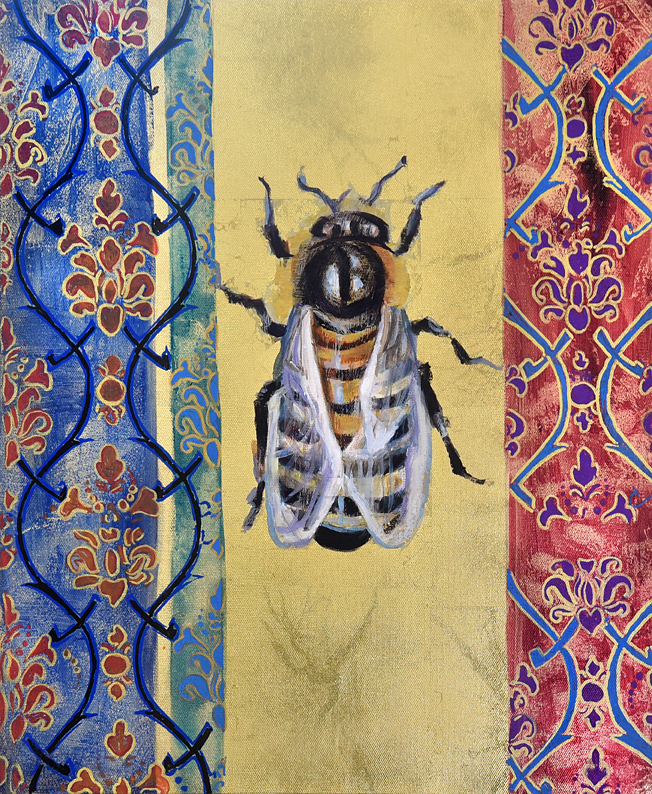
You argue that ‘creation is communication’. How do you perceive this communication?
Creation is communication. Through art, music, photography and all the arts in general, you can feel, be moved. Artistic creation has no borders. You don’t have to speak the language of a country when you see a painting or listen to its music. That’s what I mean by communication. Creation is about knowledge and this is achieved when in your life you decide to take action. So it is a constant search for what I choose to see, to listen, to learn. We need to avoid the role of the consumer and become more selective.
* Interview by Dora Trogadi
Ιntro Photos: Left the artist Right : Smells Like Spring
TAGS: ARTS

